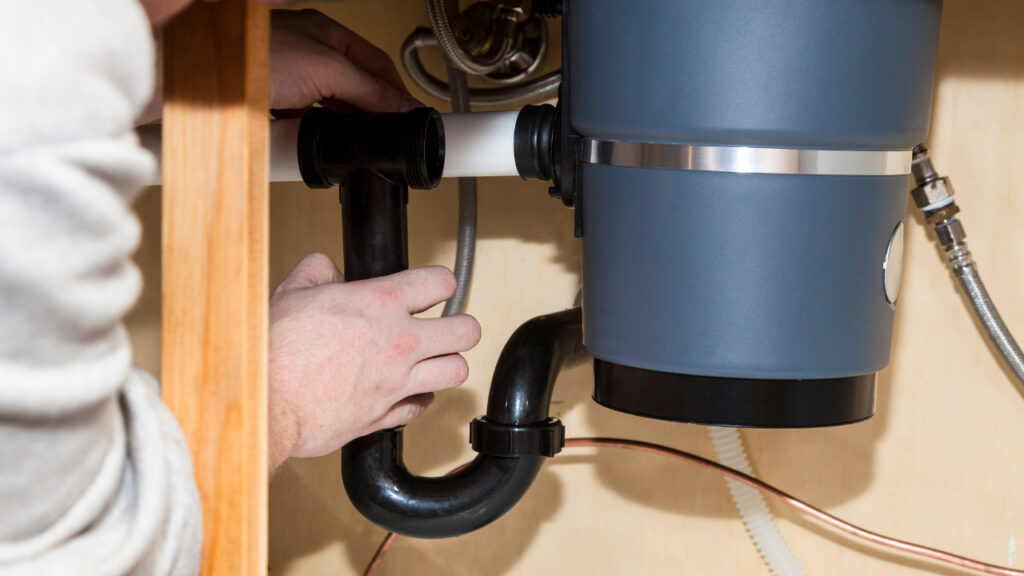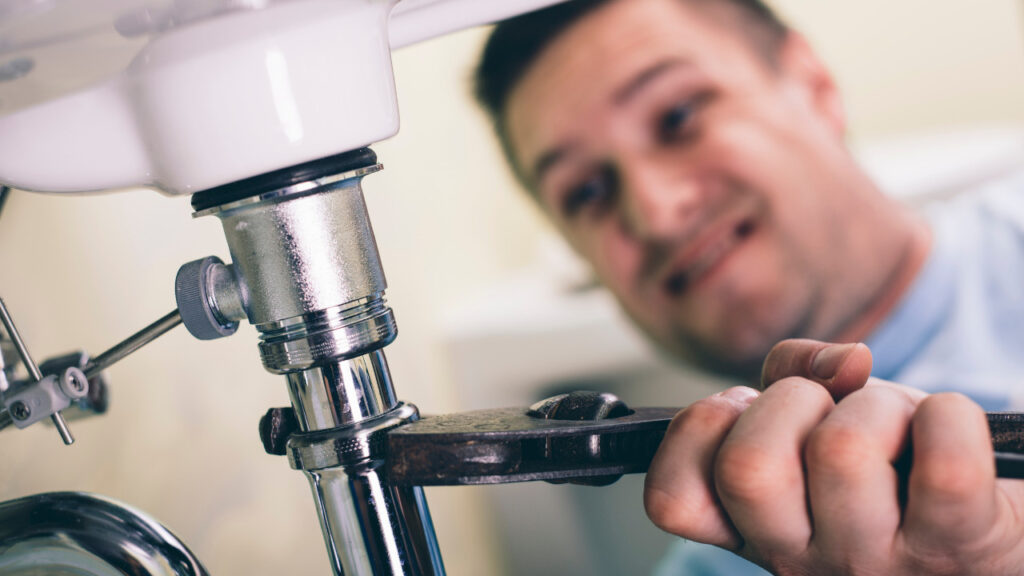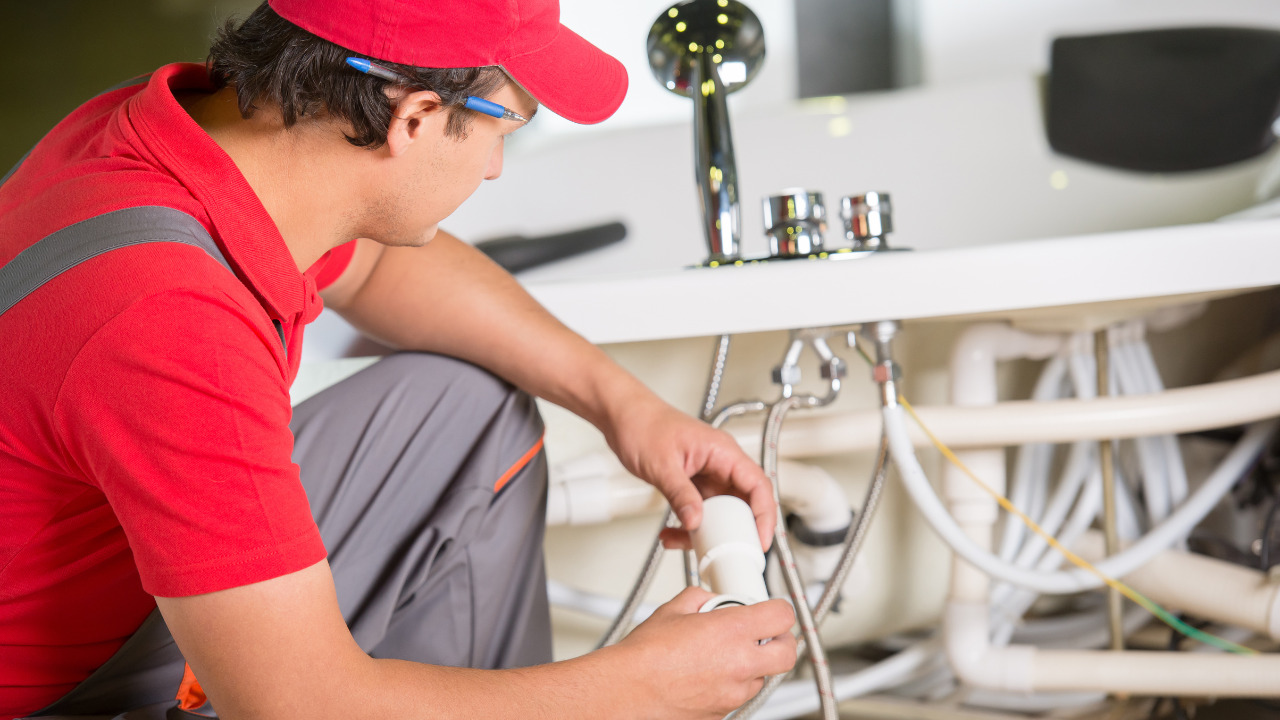You may need to install a new sink drain if you are working on your kitchen remodeling or upgrading. The reason is that the installation of a kitchen sink drain is one of the major steps of kitchen renovation.
At that point, you may need to install a new assembly for your entire kitchen sink faucet. If you want to learn how to install kitchen sink plumbing including its drain, this DIY guide is completely for you! If you think you need to fix your sink drain because of a leaky faucet, you might be wrong!
Table of Contents
What is the Configuration of a Sink Drain?

Kitchen sink drain or traps come in different sizes, types and configurations according to your sink design. You have to choose a drain that actually matches your sink configuration or overall structure. If you have a single hole sink, the drain configuration will be different.
Additionally, if your kitchen sink has an attached garbage disposal system, the configuration for this sink drain will be according to the installed sink. Most people prefer to use plastic traps for installing kitchen sink drains.
If you see your kitchen sink is leaking , you can fix a leaky kitchen sink faucet by cleaning the tubing around the sink drain. If you don’t clean sink drain tubing over time, it may cause collaging or water leakage from the side of the drain.
Additionally, you need to install kitchen sink drain tubing appropriately to assure the proper drainage of water from your kitchen sink.
6 Steps to Install a Kitchen Sink Drain
Before learning how to plumb your kitchen sink drain, you have to understand the type and overall configuration of your kitchen sink. The reason is that the installation pattern of a kitchen sink drain is different for different types of kitchen sinks.
Secondly, you will need to collect basic tools and equipment for installing kitchen sink drain. The basic needed tools and equipment for kitchen sink drain installation are;
- Sink drain kit
- Tape measure
- A marker
- A knife
- Drain strainer
- Pliers
1) Identify Trap Arm Height

Even while replacing kitchen sink drain, you may need to check the height of the tarp or sink drain arm. So, you can adjust or install a new drain tarp in place of the old one without any difficulty. Even if you are installing kitchen sink drain for a new sink, you still need to measure the tarp arm height for better adjustments.
A tarp arm is a basic configuration that connects the drain pipe or fitting to the sanitary tee. For a proper drainage of water out of your sink, you have to connect the tarp arm with drain pipe fitting properly.
To measure the tarp arm height, you can start measuring from the bottom of your kitchen sink cabinet to upward.
2) Adjust the Height of Drain Outlet
If your existing sink outlet height is not according to the height of your new kitchen sink drain, you may need to adjust the drain outlet height. So, you can configure the system accordingly. Even before learning how to connect pipes under the sink, you need to adjust the height of the drain outlet according to sanitary tee or other tubing fittings.

Most DIYers find this step a little bit difficult. But you can still complete it efficiently by measuring the outlet size and cutting the wall surface of your kitchen sink cabinet accordingly. If there is a need to alter the height of your sanitary tee, it would be best to work on other installations first.
The reason is that by leaving some space for the drain branch, you can get some space for later adjustments. Once you have adjusted the outlet height, it’s time to install your kitchen sink or any other attached system such as garbage disposal system
3) Install Kitchen Sink Drain Strainer

Even before installing the sink drain strainer, you have to install your garbage disposal system. It is necessary only if you already have installed a garbage disposal system to your kitchen sink. The reason to perform this installation firstly is that the garbage disposal system will take more space.After attaching or installing garbage disposal, you are all set to install kitchen sink drain strainer. You can also install other components of your kitchen sink while installing kitchen sink drain strainer. While connecting the drain pipes to these fitting, you will need to work on each configuration accordingly. Once you are done you will also need to clean garbage disposal for maintenance along the drain pipes.
4) Fix the Drain Strainer

Once you have installed the kitchen sink drain strainer, you need to fix or adjust it with a putty. You can apply putty on the strainer in a clockwise pattern. Once you have applied the putty, ensure to remove the excess putty.
5) Connect Sink Drain Pipe

While learning about how to install a kitchen sink drain, you will also need to learn how to plumb the kitchen sink. The reason is that plumbing or connecting drain pipes to your installed sink drain strainer is the important step of installing the kitchen sink drain process.
Before connecting the drain pipes to the sink drain strainer, use a brass tailpiece to attach the underside of the installed drain strainer. You can simply fix this tailpiece by screwing it manually. After installing or connecting the brass tailpiece under the drain strainer, you have to connect the drain pipe right there.
You don’t need to apply extra force to the drain pipe. You can connect it simply by aligning or applying a gentle hand pressure. After connecting the drain pipe to the sink drain strainer, slide up the plastic ring that comes with the drain pipe.
This plastic ring will connect the brass tailpiece with the drain pipe tightly. Indeed, this plastic ring will work as a connector between the tailpiece and the drain pipe. You can also use a basin wrench to tight or screw the plastic ring with a tailpiece.
6) Test Your Kitchen Sink Drain

No doubt, the chances for water leakage from drain strainer are rare. You still need to check your installed kitchen sink drain strainer before using it regularly. For this, turn on your kitchen sink tap. Make sure to check your installed kitchen sink drain strainer from each point or connection for leakage.
If you are still in doubt, you can also fill your kitchen sink with water to test it for any water drainage or leakage issues. Once the sink is filled with water, let the water drain out through the pipes slowly to check drain or connected pipes for any issues.





